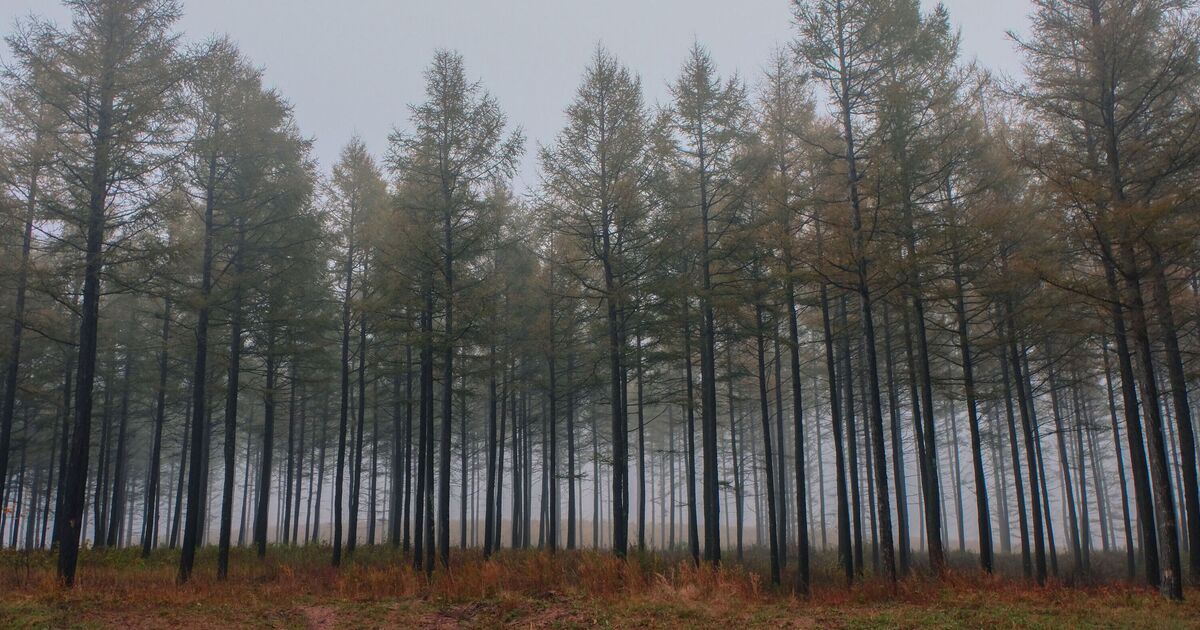The world’s largest man-made forest covers an area of over 200 square kilometres, or over 77 square miles and is located in the Saihanba National Forest Park in the northern Chinese province of Hebi.
400 years ago, Sainhba was home to abundant forest resources and high biodiversity. However, in 1863, the Qing government allowed farmers to reclaim land there and as a result, forests and wetlands began to disappear.
Soon, Saihanba became a barren desert.
Sandstorms then began to plague China’s capital, Beijing, as well as Tianjin and other northern Chinese cities.
In 1962, the State Forestry Administration established the Saihanba Mechanical Forest Farm here to put an end to the chaos. The first generation of tree-planters – 369 foresters, mostly in their 20s – arrived, attempting to turn the desert back into a green oasis.
The first group of foresters faced many challenges, equipped with only the simplest tools and having to battle extreme cold and drought. As a result, they were unable to ensure the survival of the trees planted.
However, after the extraordinary efforts of three generations of Chinese people, a lush forest has been created, with coverage raised from 11.4 percent to 80 percent.
According to CGTN, such a figure can conserve and purify 137 million cubic metres of water every year. Today, it is home to nearly half a billion trees. The total forest stock covers over 10 million cubic metres, which is large enough to fill over 4,500 Olympic-standard swimming pools.
The man-made forest can absorb over 745,000 tonnes of carbon dioxide every year, release over 545,000 tonnes of oxygen, and trap 22.4 million tonnes of dust.
“The altitude here is 1,400 metres, over 1,300 metres higher than Beijing. If the forest didn’t exist, Beijing would be severely affected by sandstorms just like pouring sand into the backyard from a rooftop.” Wang Jianfeng, branch deputy director at Saihanba mechanised forest farm said, according to CGTN Africa.
According to the national meteorological authorities, Beijing suffered, on average, 56.2 days from sand and dust during the 1950s. However, this number has fallen by 80 percent, reaching an average of 7.5 days between 2002 and 2012.
More than 618 species and 312 genera of vascular plants are also cultivated in the park, as well as 261 species of mammals, 39 birds, 32 fish, and about 660 insects.
The Saihanba Afforestation Community won the Champions of the Earth award in 2017 due to their heroic efforts.
One TripAdvisor visitor wrote: “Saihanba National Forest Park is massive… We ended up spending three full days in the park and had still only seen half of it.
“Really, if you are coming here, you have to drive. There are tour buses that visit, but they just take you to a few touristy, famous sites. What you really want to do here is drive your car to some remote paddock, park and walk out into the grasslands alone.
“Only when you are away from the other tourists can you see the nature of the place. You can spot rare flowers, unusual bird species, [squirrels] and other animals. If you are a nature lover, this is the part of China you must come [to].”







